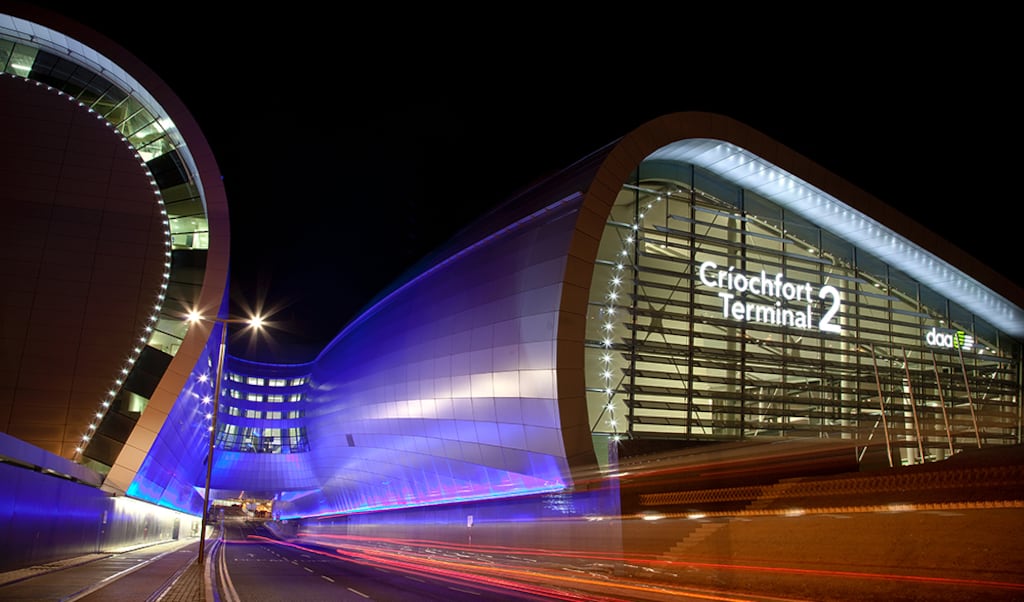Airlines are seeking more space at Dublin Airport despite a controversial limit on the number of passengers that the gateway can handle in a year, regulators say.
Planners have restricted Ireland’s biggest airport to 32 million passengers a year as a condition of allowing it to open an extra runway two years ago. Despite several high-profile rows over the “passenger cap” as it has been dubbed, airlines are seeking more take off and landing slots at Dublin Airport, indicating that they want to grow their businesses there.
According to industry regulator the Irish Aviation Authority (IAA), “demand for slots for summer 2024 has increased relative to demand in summer 2023″.
Last week Kenny Jacobs, chief executive of State company DAA, which operates the airport, estimated that “real demand” was running at between 34 million and 35 million passengers a year.
READ MORE
The IAA limits the slots available at Dublin based on specific conditions, including runway capacity, aircraft parking stands and passenger processing space. To comply with EU law it has appointed a separate company, Airport Coordination Ltd, as the “independent slot co-ordinator” at Dublin. “Slots can be allocated to requesting airlines if there is availability within the parameters,” the IAA says.
The authority is this week expected to decide on whether to limit airlines to 14.4 million seats from October 27th next to March 29th, 2025, the winter season, to ensure the planners’ cap is not breached.
This winter would be first time the regulator has limited airlines’ capacity at Dublin Airport if it decides to do so.
The IAA proposed the winter limit in a recently-published draft decision to take account of the planning conditions, which specifically cap passenger numbers in Dublin’s two terminals.
Its draft decision stresses that it is not the authority’s role to enforce the passenger cap, nor can it determine how many people ultimately pass through the terminals. However, it acknowledges that the planning condition provide for a limit on passenger capacity, something it can do.
“In simple terms, the capacity determination process can control the number of aircraft movements for which slots are allocated, but not how many passengers are on each of those aircraft,” the authority says.
The IAA bases its calculation on the fact that the same October 2023 to March 2024 period accounted for around one-third of the airport’s overall capacity.
DAA last year applied to the local planning authority, Fingal County Council, to have the cap lifted to 40 million.
The imposition of the cap has angered Dublin’s biggest airline customers, Ryanair and Aer Lingus, which account for more than two out of three of the airport’s passengers between them. They maintain that the cap drives up air fares as it limits the number of flights at the airport, and threatens jobs growth.
Pressure from the EU and the US stalled a previous Dutch government bid to cap flights from the Amsterdam hub Schiphol as part of proposals to cut noise pollution.
Following complaints from US carrier, JetBlue, which was seeking extra slots at the airport, the European Commission raised concerns about the cap’s impact on competition. Washington’s department of transportation found that the Dutch limit violated the EU-US Open Skies air travel agreement.
- Sign up for Business push alerts and have the best news, analysis and comment delivered directly to your phone
- Find The Irish Times on WhatsApp and stay up to date
- Our Inside Business podcast is published weekly – Find the latest episode here














